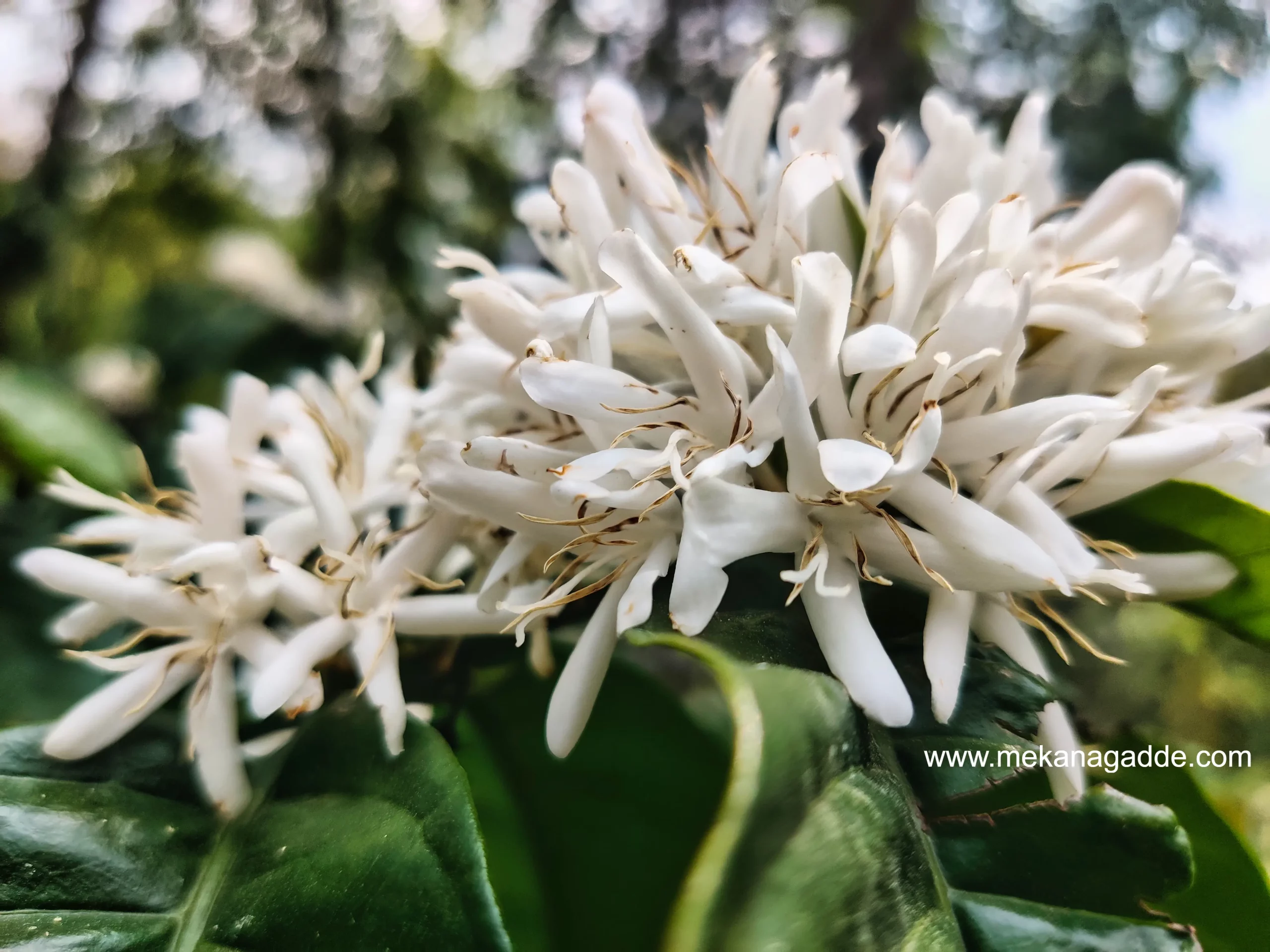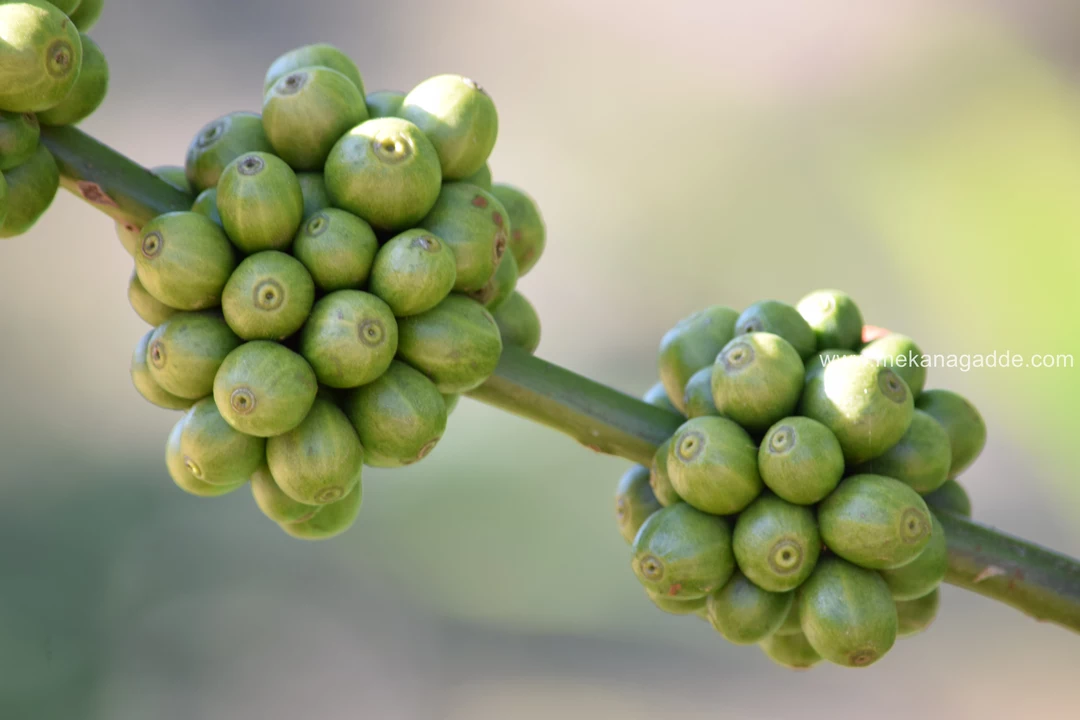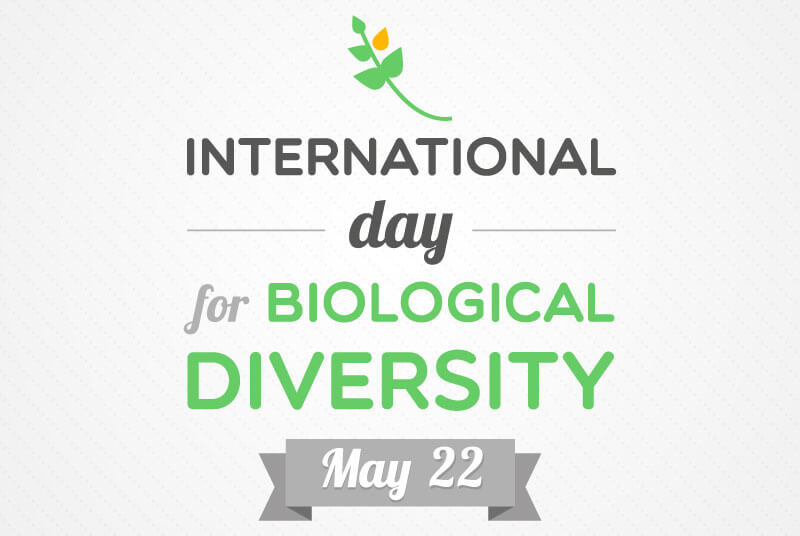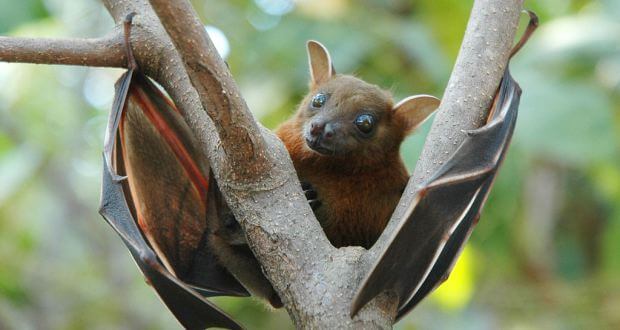Category: Agriculture
-

Top Coffee Brands in Karnataka
India is a country with a rich and diverse coffee culture. From the aromatic filter coffee of the south to the milky chai of the north, coffee lovers can find a variety of brews and blends to suit their tastes. But did you know that India is also home to some of the finest coffee…
-

Coffee Blossom Experience
If you are a coffee lover, you might have heard of the coffee blossom, the delicate white flower that blooms on the coffee plant before it produces the beans. But have you ever experienced the coffee blossom in person? In this blog post, I will share with you my coffee blossom experience and why it…
-

History of Coffee in India – How coffee came to India
Within the glass and chrome interiors, you will find a huddle shouting out “Cappuccino!”, a couple melting into each other’s eyes over the cream of a Frappe, and a never receding throng at the counter debating between the above two and the Espresso, Macchiato, Affogato, Cafe latte, Ristretto and so on. Juxtaposed with the glitz…
-

Top Coffee Brands in India
Coffee is one of the most consumed beverages across the world. In fact, the world is divided into two parts – The coffee drinking people and the tea drinking ones. Most westerners drink Coffee heavily whereas most Easterners drink tea. Because Coffee comes from various regions, its taste and purity vary. There is also difference between how…
-

Protect Our Biodiversity, Protect Our Culture
May 22 is observed as International Day for Biodiversity but as each year passes and another Biodiversity day is celebrated, more plants, animals and aquatic life continue to disappear for good from the face of the earth. It is true that new animal species have been recently discovered in the state, but some plants, animal…
-

Learning from the past: A new protocol for agricultural education and research in India
Agriculture in our country today is in a profound crisis. Wherever we look we see the evidence of this: static or falling crop yields, crop failures due to too little or too much rainfall, rampant diseases and pests and wild animal attacks, loss of crop and domestic animal biodiversity, soil erosion, deforestation, falling water tables,…
-

Deforestation in Western Ghats leading Bats towards extinction, Coffee Plantation Comes to Rescue
A new survey has put bats at the risk of extinction due to deforestation, especially in the Western Ghats of India but there is a glimmer of hope for the species in the upcoming coffee plantation. Besides deforestation, rampant consumption of natural resources too has pushed many species into extinction and tigers, some rare species…